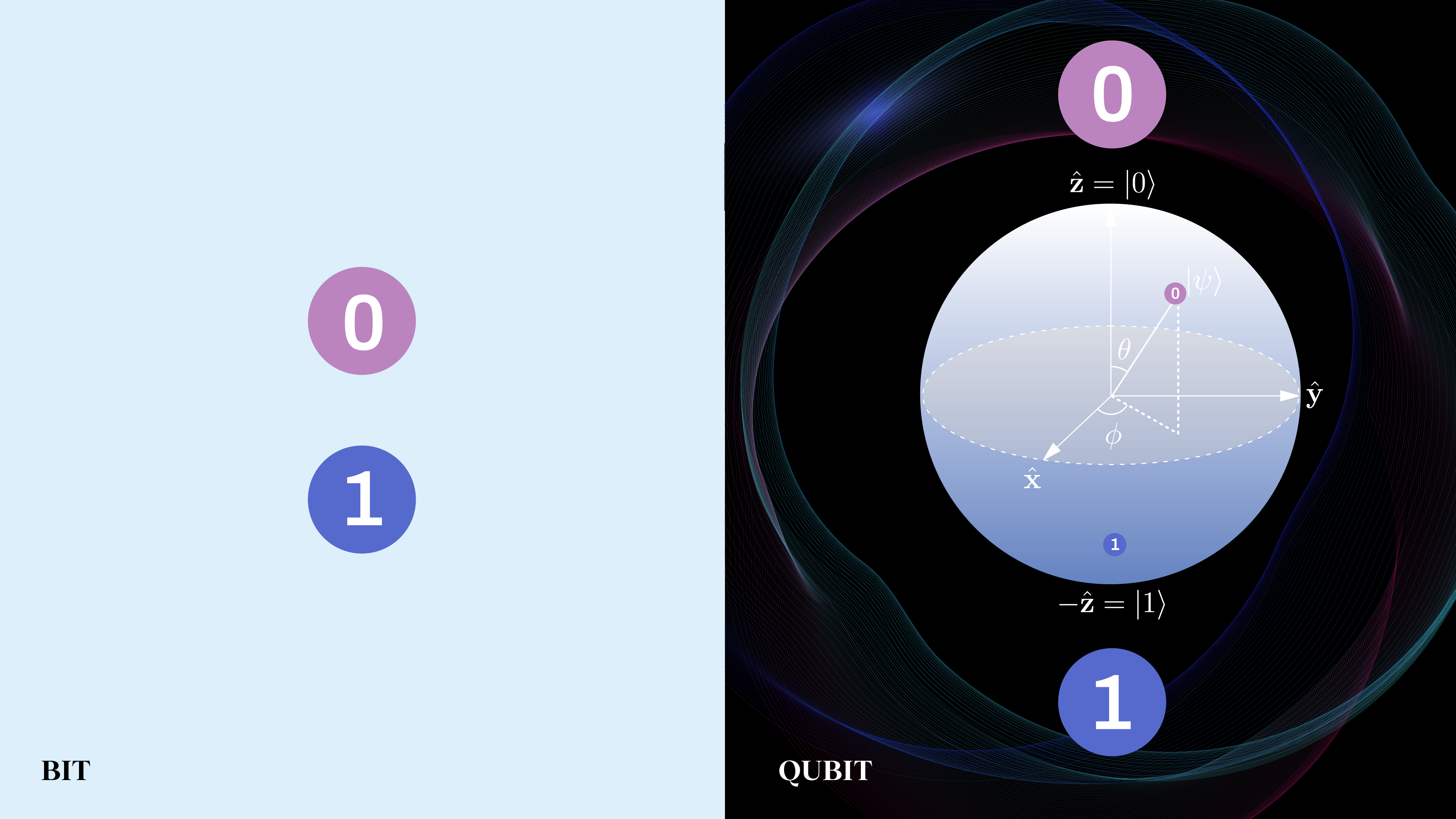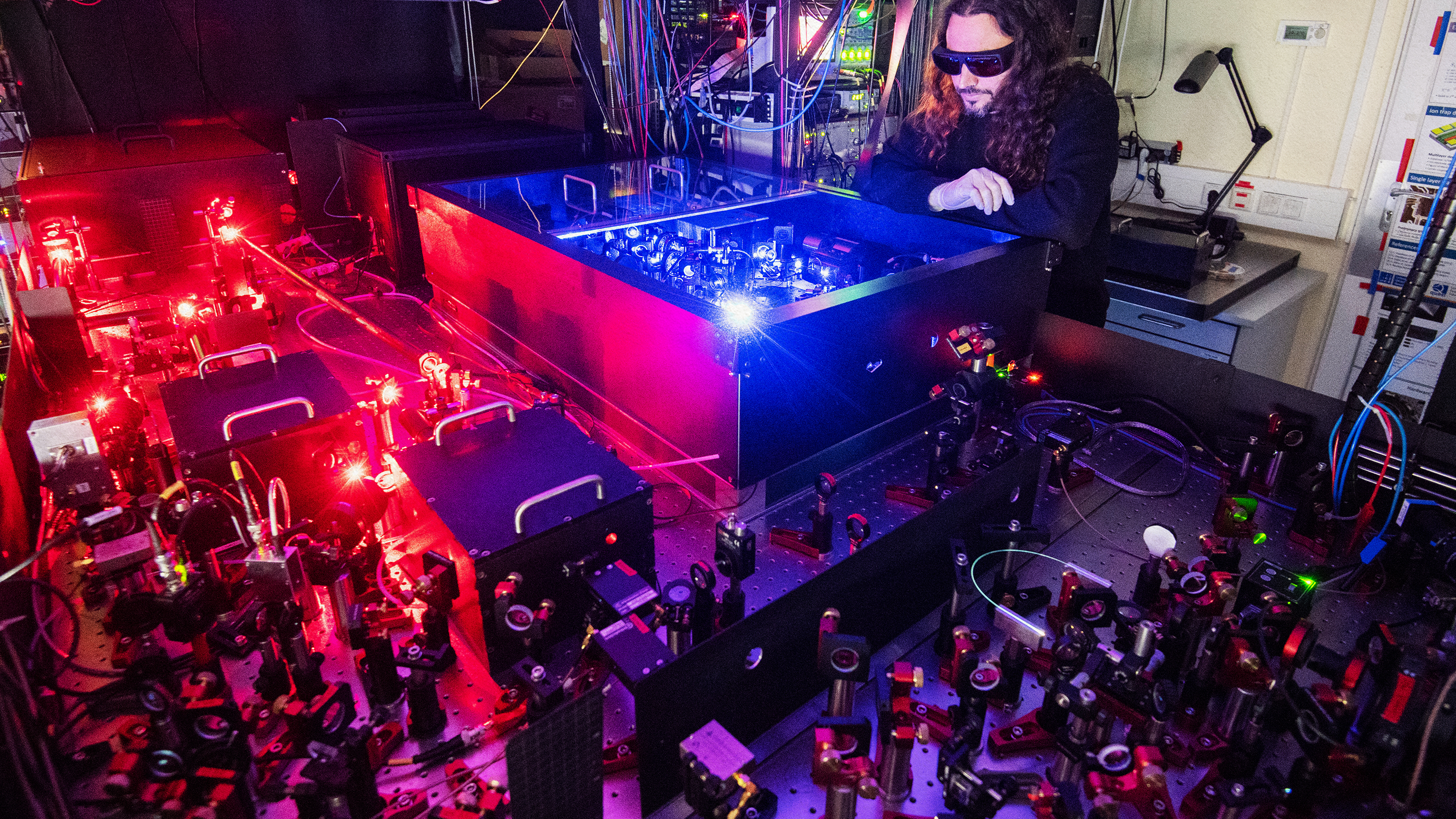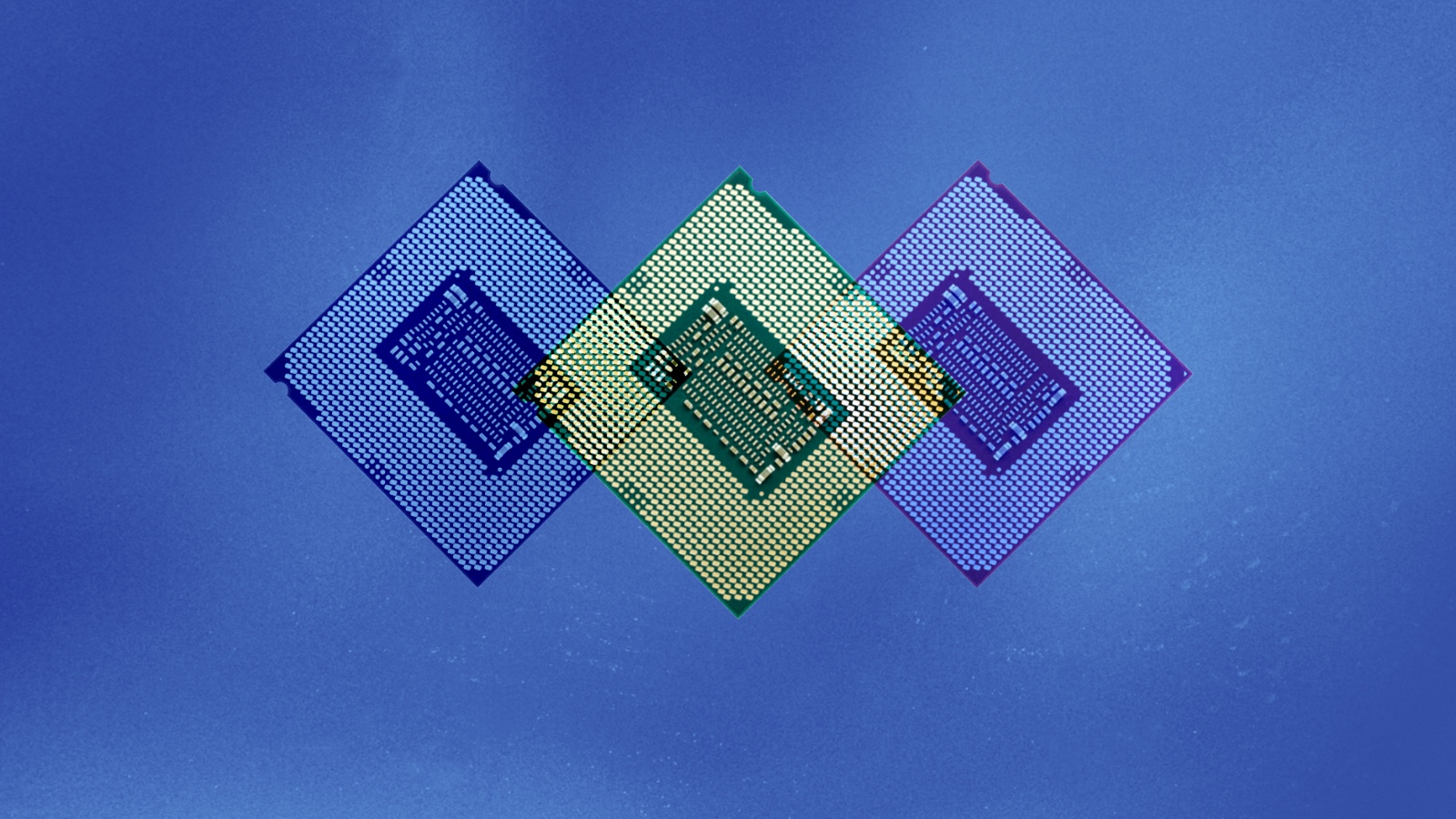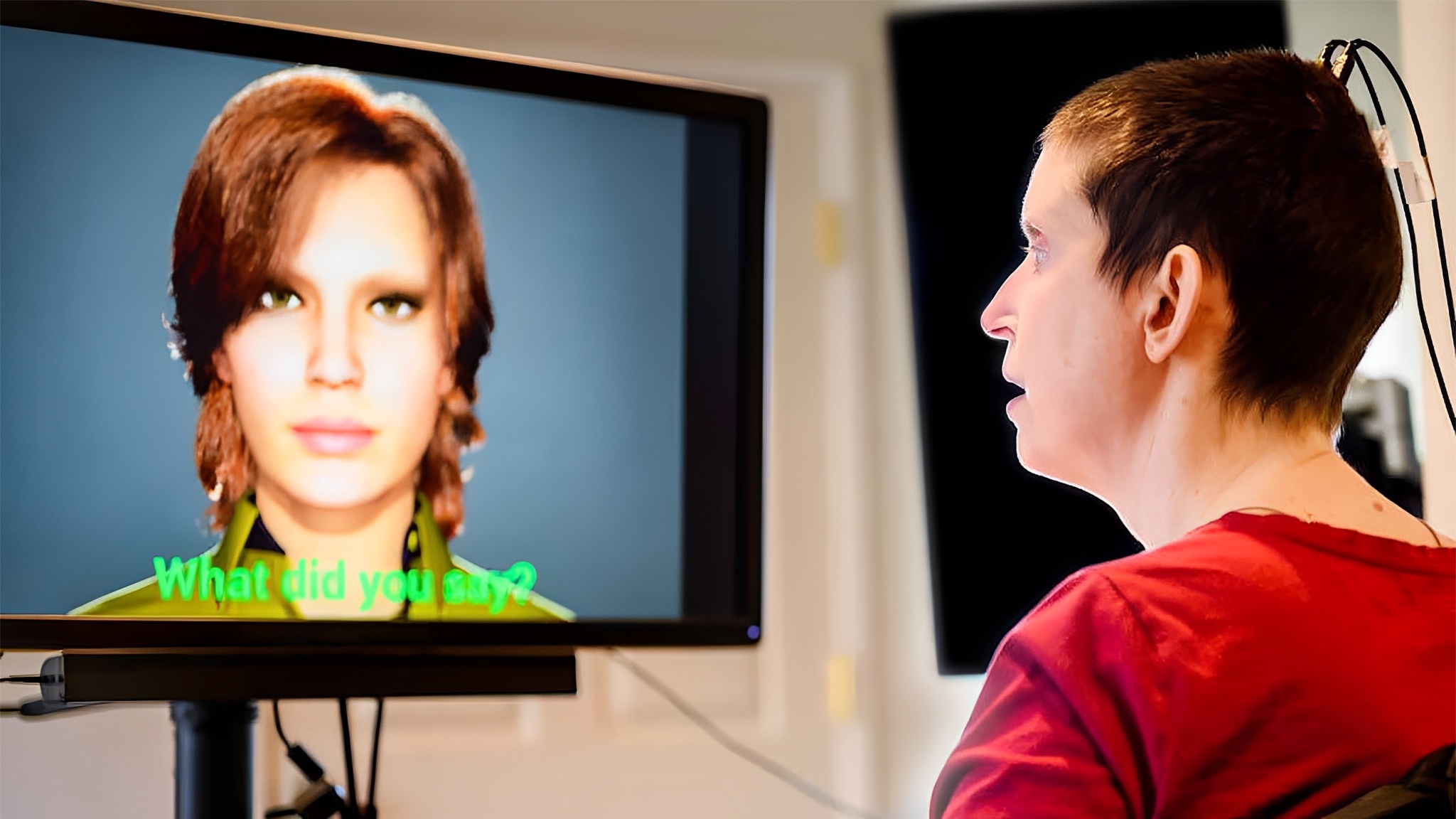Analog computing is undergoing a resurgence
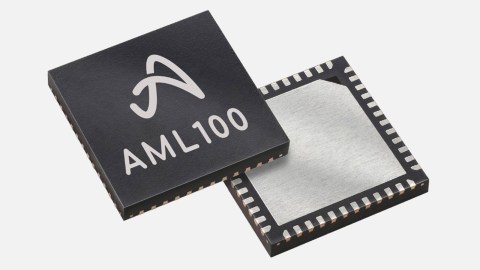
- Smart sensors convert environmental data into digital form, essential for modern technology but energy-intensive.
- Analog computers, processing data directly without digital conversion, offer a more energy-efficient alternative to digital computing.
- Innovations like Aspinity’s AML100 chip blend analog and digital computing, significantly lowering energy consumption while maintaining digital advantages for sensor technology.
This article is an installment of Future Explored, a weekly guide to world-changing technology. You can get stories like this one straight to your inbox every Thursday morning by subscribing here.
To ensure the technology of tomorrow is both smart and sustainable, we may need to revive a technology of the past: analog computing.
Smart sensors
Smart sensors are like Rosetta Stones for tech — they receive information from the environment in the form of sound, light, heat, pressure, and other “languages” of the physical world and translate it into the 1s and 0s understood by computers.
This translation tells us everything. It’s what lets you talk to Siri or Alexa, and it gives your smart thermostat the ability to know when it’s time to kick on the heat. Smart sensors make it possible for us to track our health with wearables, and they’re a key component of autonomous cars.
Smart sensors are constantly draining energy from our devices.
Thanks to falling manufacturing costs, the number of sensors in the world is expected to dramatically increase in the future — the non-profit Semiconductor Research Corporation predicts that 45 trillion sensors will be generating 1 million zettabytes of data per year by 2032.
Those sensors will also be constantly draining energy — your smartphone, for example, has sensors that are always on, digitizing everything they hear you say so that they know when you’re trying to get the attention of an AI assistant.
Being tied to a battery that needs constant recharging limits what we can do with our sensors, and if the batteries powering them are being charged by fossil fuel-generated electricity, which they likely are, the sensors are also contributing to the problem of climate change
Yes, the impact of one smartphone on the environment might be small, but it adds up when you consider all the sensors we use today and all the sensors we’re expected to use tomorrow.
Analog computing
Analog computers could be part of the solution to this sensor power problem.
These are the types of computers we relied on before digital computers, and they don’t need to translate their inputs into any special computer language before they can process it and deliver a meaningful output.
A mercury thermometer is a simple example of an analog computer. Expose the end of it to whatever you’re trying to take the temperature of, and the heat will cause the mercury in the thermometer to expand or contract. It’ll then climb the device until it’s level with the number indicating the temperature.
Other analog computers are far more complicated, with complex systems of valves, gears, vacuum tubes, electronic circuits, and more, and various designs could be used to calculate everything from tide levels to the answers to differential equations.

While we still have analog computers, digital computers now dominate for several reasons, a major one being their versatility.
While analog computers have traditionally been able to do just one type of calculation, the microchips that do the “work” in today’s digital computers are programmable with software to do countless tasks. Unlike yesterday’s analog computers, those chips are also small, cheap, and easy to manufacture.
However, after decades in the shadow of digital computers, analog is making a small, quiet comeback as researchers see potential for the tech to solve the looming sensor power problem — with a little help from AI.
Hybrid approach
Pittsburgh-based microchip developer Aspinity is one of those leading the analog charge with a programmable microchip called the AML100.
Just like the sensors in our phones, cars, and other tech, this microchip can continuously receive data from the real world, such as sounds or movements. It can also be programmed to detect something specific, like the sound of you saying an AI assistant’s wake words.
However, the AML100 doesn’t need to convert the real world data into binary to know when you’ve said “Hey Siri” — using Aspinity’s machine learning models, it can be programmed to identify the words in their analog form, which, in this case, means sound waves.
“We want to be able to use that analog as your always-on computing and then wake up the digital as necessary.”
TOM DOYLE
Because the AML100 doesn’t need to be constantly digitizing, processing, and transmitting data, it uses up to 95% less power than today’s always-on sensors.
Aspinity’s idea is that the AML100 could act as an intermediary between the real world and the smart sensors we use today. In a smartphone, for example, an AML100 could be programmed to continuously listen for an AI assistant’s wake words. When it hears them, it could then rouse the digital sensor that can actually understand and execute your commands for the AI.
That’s just one of many possible uses for the chips, though. We could integrate them into home security systems so that they trigger a call to the police at the sound of glass breaking, or put them in health wearables and have them activate an alert if they sense an elevated heart rate.
“We can still have a combination of analog and digital locally, but we want to be able to use that analog as your always-on computing and then wake up the digital as necessary,” Aspinity CEO Tom Doyle told Freethink.
The big picture
Aspinity isn’t the only group exploring the potential of analog computing to help solve tomorrow’s smart sensor power problem.
In August, IBM unveiled a prototype of a low-power analog chip designed specifically for speech recognition — it was able to detect 12 “wake words” more quickly and just as accurately as a digital system. Just last week, a team from Tsinghua University in China unveiled an analog chip for computer vision tasks, such as object detection.
“We maximized the advantages of light and electricity under all-analog signals, avoiding the drawbacks of analog-to-digital conversion and breaking the bottleneck of power consumption and speed,” Tsinghua researcher Fang Lu told Xinhua.
Yannis Tsividis, a professor of electrical engineering at Columbia University, was one of the earliest members of the analog computing resurgence — he’s been exploring the potential of combining analog systems with modern technology since the late-1990s.
As has happened several times over the past two decades, a lack of funding has forced him to put his research into analog computing on hold, but he’s still convinced of its potential and told Wired in March 2023 that he’d be ready to dig back into it if the funding came along.
“People do wonder why we are doing this when everything is digital,” said Tsividis. “They say digital is the future, digital is the future — and of course it’s the future. But the physical world is analog, and in between you have a big interface. That’s where this fits.”
This article was originally published by our sister site, Freethink.
